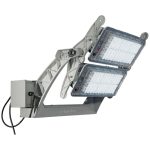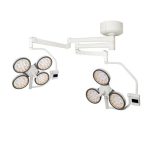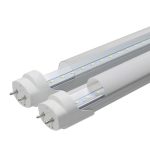Signs of a Bad LED Christmas Light: Tips on How to Tell
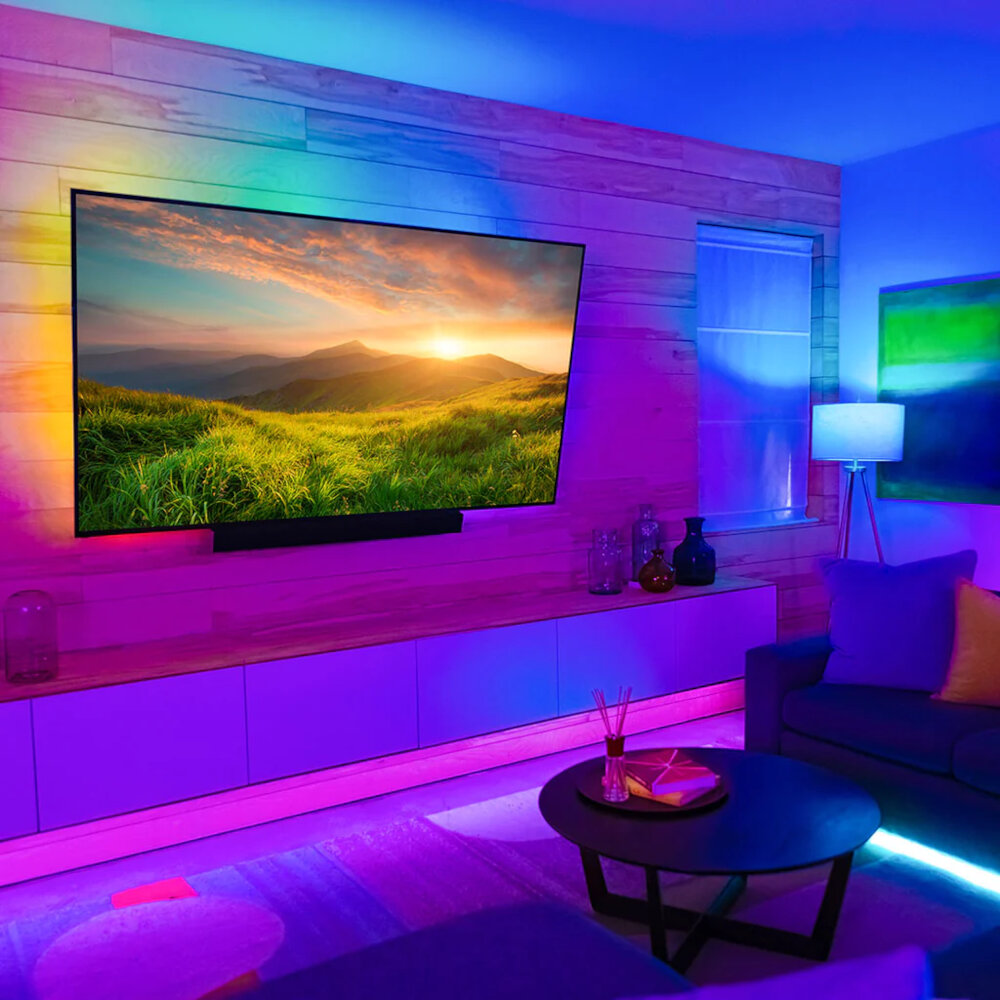
As the holiday season approaches, many people are excited to decorate their homes and spread the festive cheer. LED Christmas lights have become increasingly popular over the years due to their energy efficiency and brighter illumination. However, like any other electronic device, these lights can malfunction and cause inconvenience to homeowners. In this article, we will discuss the signs of a bad LED Christmas light and provide tips on how to tell if your lights need replacement or repair. One of the most frustrating things during the holiday season is having a strand of lights not work properly. This can happen due to various reasons, such as faulty wiring, loose connections, or even damage caused by pets or weather. Identifying the problem can be challenging, especially if you’re not familiar with the technical aspects of LED lights. Therefore, it’s essential to know the signs of a bad LED Christmas light so that you can take appropriate measures to fix the issue and enjoy a hassle-free holiday season.
LED Christmas lights are a popular choice for decorating homes and trees during the holiday season. These lights use light-emitting diodes (LEDs) to produce bright and energy-efficient illumination. Unlike traditional incandescent bulbs, LED Christmas lights do not generate as much heat, which makes them safer to use and less likely to cause a fire. LED Christmas lights are also more durable and longer-lasting than incandescent bulbs, which can burn out quickly and need to be replaced. They come in a variety of colors and styles, including multi-color, white, and warm white, and can be used both indoors and outdoors. Overall, LED Christmas lights are a great choice for anyone looking to add some festive cheer to their holiday decor.
Flickering
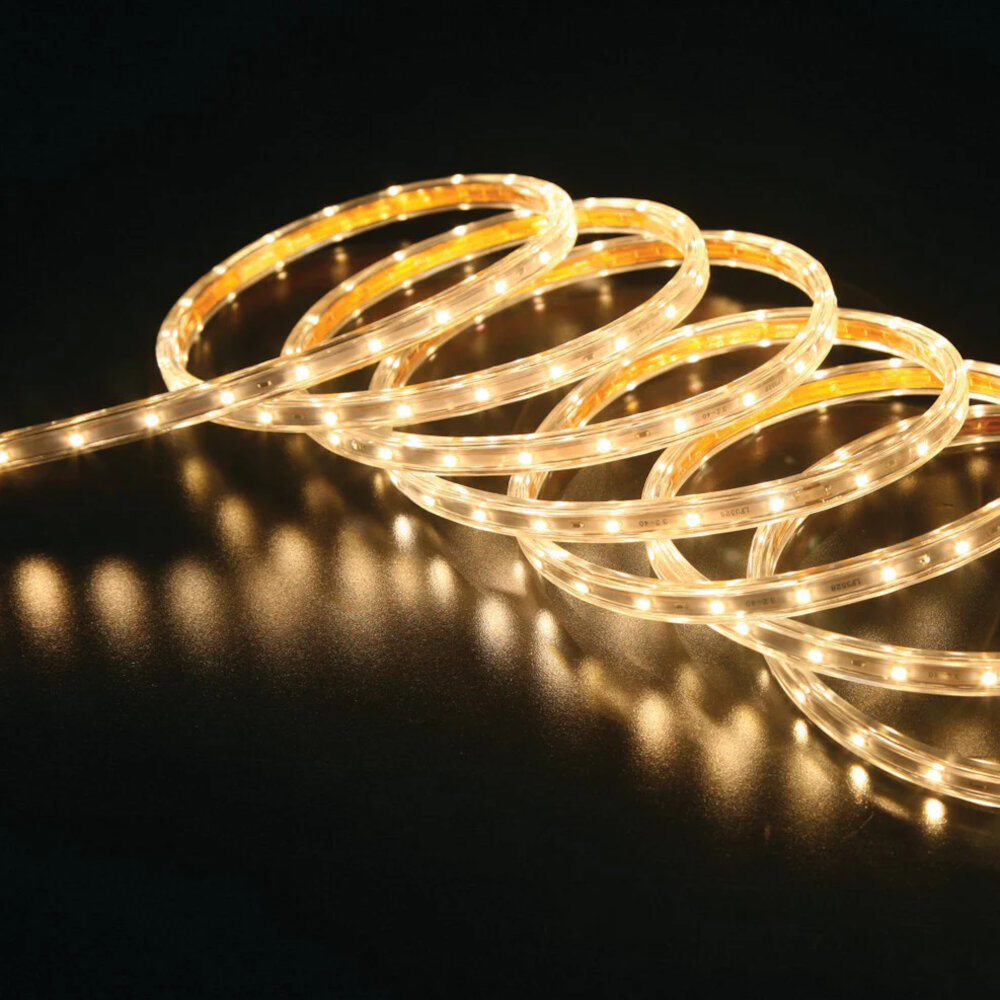
Flickering is one of the telltale signs of a bad LED Christmas light. When the lights flicker or blink, it can be a sign of an electrical issue or a problem with the bulb itself. Flickering can be caused by a variety of factors, including a loose bulb, a damaged wire, or an overloaded circuit. In some cases, flickering can be a sign of a more serious problem, such as a short circuit or a damaged electrical connection. If you notice your LED Christmas lights flickering, it is important to address the issue right away to prevent further damage or fire hazards. There are several steps you can take to troubleshoot flickering LED Christmas lights. First, check to make sure that all bulbs are securely in place and that the wires are not damaged or frayed. If the flickering persists, try unplugging the lights and plugging them back in to reset the circuit. If the problem persists, try replacing the bulbs or checking the voltage of the circuit to ensure that it is not overloaded. If you are still experiencing flickering, it may be necessary to consult a professional electrician to diagnose and repair the issue. By taking these steps, you can ensure that your LED Christmas lights are safe and functional throughout the holiday season.
Flickering lights are a common sign of bad LED Christmas lights. When the lights flicker, it means that they are not receiving a consistent flow of electricity. This could be due to a number of reasons, including loose or damaged wiring, a faulty electrical socket, or a damaged LED bulb. Flickering lights can be a nuisance, and they can also be a safety hazard if the underlying issue is not addressed. If you notice that your LED Christmas lights are flickering, it is important to address the issue as soon as possible. This can help ensure that your lights are safe and functional throughout the holiday season.
There are several reasons why your LED Christmas lights might be flickering. One of the most common causes is a loose bulb or socket. If the bulb is not securely in place or the socket is faulty, it can result in a flickering light. Another reason could be a problem with the electrical circuit. If the circuit is overloaded, it can cause the lights to flicker or even turn off completely. Additionally, voltage fluctuations, damaged wiring, or a faulty transformer can also cause flickering. It’s important to identify the root cause of the flickering and resolve it as soon as possible to avoid any potential safety hazards or damage to your Christmas lights.
Flickering lights can be a common problem when it comes to LED Christmas lights. If you experience this issue, there are a few things you can do to try to fix it. Firstly, check the wiring to ensure that there are no loose connections. If the wiring seems fine, you may need to replace the bulb. It’s important to use the correct bulb type and wattage for your lights to ensure they work properly. If replacing the bulb doesn’t fix the issue, it may be a problem with the controller or power source. In this case, you may need to contact a professional electrician to assist with the repair.
Dimming
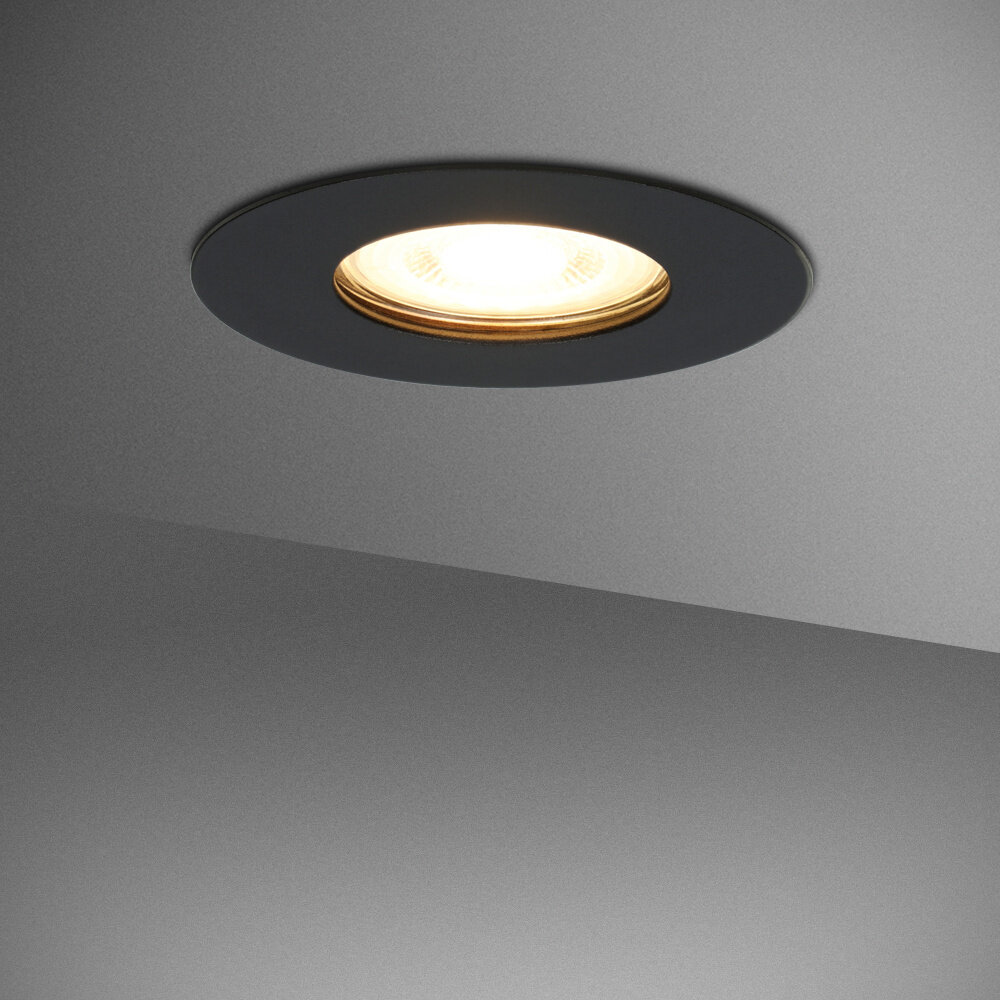
Dimming is a common problem that can occur with LED Christmas lights. It can be caused by a variety of factors, including faulty wiring, damaged bulbs, or a malfunctioning controller. When your LED Christmas lights start to dim or flicker, it’s a clear sign that something is wrong with them. Dimming can also be a sign of an overloaded circuit, which can be dangerous if left unchecked. If you notice your LED Christmas lights dimming or flickering, it’s important to address the issue promptly to prevent further damage or potential hazards. There are several steps you can take to troubleshoot dimming issues with your LED Christmas lights. The first step is to check the wiring and connections to make sure they are secure and not damaged. If you find any damaged wires or connections, they should be repaired or replaced as soon as possible. You should also check the bulbs themselves to make sure they are not damaged or burned out. If you find any damaged bulbs, they should be replaced with new ones that are the same wattage and voltage as the original bulbs. Another common cause of dimming is a malfunctioning controller. If you suspect that the controller is the problem, it should be replaced with a new one that is compatible with your LED Christmas lights. By taking these steps, you can identify and resolve dimming issues with your LED Christmas lights and ensure that they are safe and functional for your holiday display.
Dimming lights can be a sign of a bad LED Christmas light. It occurs when the voltage flowing through the circuit is not enough to power the lights fully. This could be caused by a damaged or loose wire, a faulty bulb or a bad connection. In some cases, excessive voltage could also cause the lights to dim. It is important to identify and fix the issue immediately to prevent any further damage to the lights or the electrical system. A professional electrician should be consulted if the problem persists or if there are any concerns about the safety of the electrical system.
There are various reasons why lights dim, particularly LED Christmas lights. Some of the most common reasons include overloading the circuit, faulty wiring, or using low-quality LED bulbs. Overloading the circuit occurs when too many lights are connected to a single power source, causing the voltage to drop and the lights to dim. Faulty wiring, on the other hand, can cause a short circuit, leading to a dimming effect. Low-quality LED bulbs often have poor conductivity, which can cause voltage drops and dimming. If you notice dimming in your LED Christmas lights, it is essential to identify the root cause and address it promptly to avoid further damage.
Dimming lights can be a frustrating problem, especially during the holiday season. If you’re experiencing dimming LED Christmas lights, there are a few things you can try to fix the issue. One of the most common causes of dimming lights is a loose or damaged bulb. Check each bulb carefully to ensure it is securely in place and not broken. If that doesn’t work, try replacing the batteries in the battery pack or checking the wiring for any damage or loose connections. Another possible solution is to plug the lights into a different outlet or power source to see if that helps. By taking these steps, you can hopefully get your LED Christmas lights shining brightly once again.
Uneven Lighting
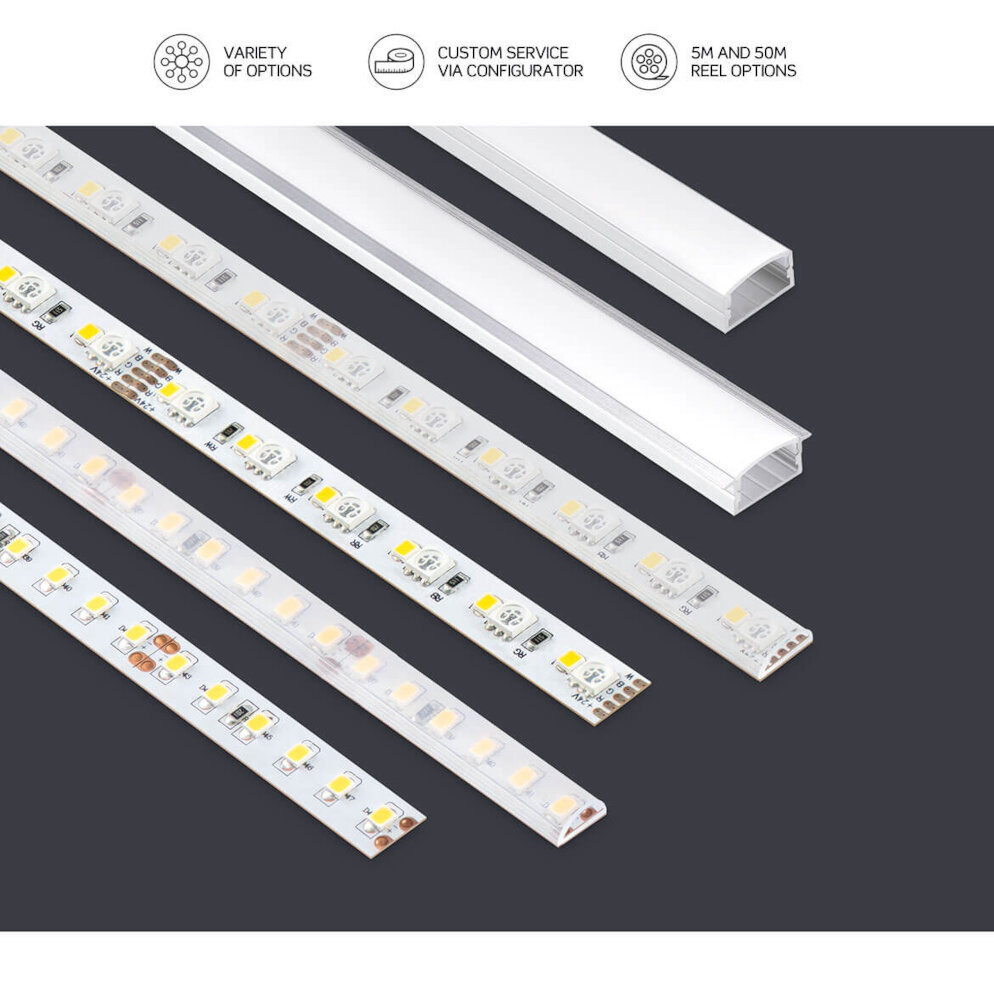
Uneven lighting is a common issue with LED Christmas lights that can ruin the entire aesthetic of your holiday decorations. This problem occurs when some bulbs on the string are brighter or dimmer than others, creating a patchy and inconsistent look. Uneven lighting can be caused by a variety of factors, including loose or damaged bulbs, improper spacing between bulbs, or a faulty power source. If left unchecked, it can make your holiday display look sloppy and unprofessional, potentially even causing safety hazards if certain bulbs are too dim and go unnoticed. To fix uneven lighting, start by inspecting the string of lights and identifying which bulbs are causing the problem. Replace any damaged or loose bulbs and ensure that all bulbs are properly seated in their sockets. Check the spacing between bulbs and adjust as needed to ensure consistent lighting across the entire string. If the issue persists, try plugging the lights into a different power source to see if that solves the problem. With a bit of troubleshooting and attention to detail, you can restore your LED Christmas lights to their full festive glory and enjoy a beautiful and uniform display for all to see.
Uneven lighting is a common problem that many people face when using LED Christmas lights. This issue arises when some areas of the string of lights are brighter than others, making the overall effect less visually appealing. There are several potential causes of uneven lighting, including a faulty bulb or a loose connection. Additionally, the length of the string of lights and the number of bulbs can also impact the overall brightness of the lights. To fix uneven lighting, it is important to carefully inspect the string of lights and identify any bulbs that may be causing the issue. Once identified, these bulbs should be replaced, and the connection should be checked to ensure that it is secure.
Uneven lights can be a frustrating problem for anyone decorating for the holidays. There are several reasons why lights may be uneven, including faulty wiring, loose or damaged bulbs, uneven spacing between bulbs, or insufficient power supply. Faulty wiring can cause an entire section of lights to go out or flicker, while loose or damaged bulbs can cause individual lights to be dimmer or brighter than others. Uneven spacing between bulbs can also affect the appearance of the lights, as can an insufficient power supply that causes the lights to be dim or flicker. To avoid uneven lights, it is important to inspect your lights before decorating and replace any damaged bulbs or faulty wiring.
If you find that your LED Christmas lights have uneven lighting, there are a few things you can do to fix the issue. First, check to make sure that all bulbs are securely screwed into their sockets. Loose bulbs can cause uneven lighting and may need to be tightened. If this doesn’t solve the problem, you can try swapping out bulbs for ones that are known to be working properly. Additionally, you may want to check the wiring of your lights to ensure that there are no damaged or broken wires. If you are still experiencing uneven lighting, it could be a sign of a more serious issue with the entire strand of lights, and it may be time to replace them altogether.
Overheating
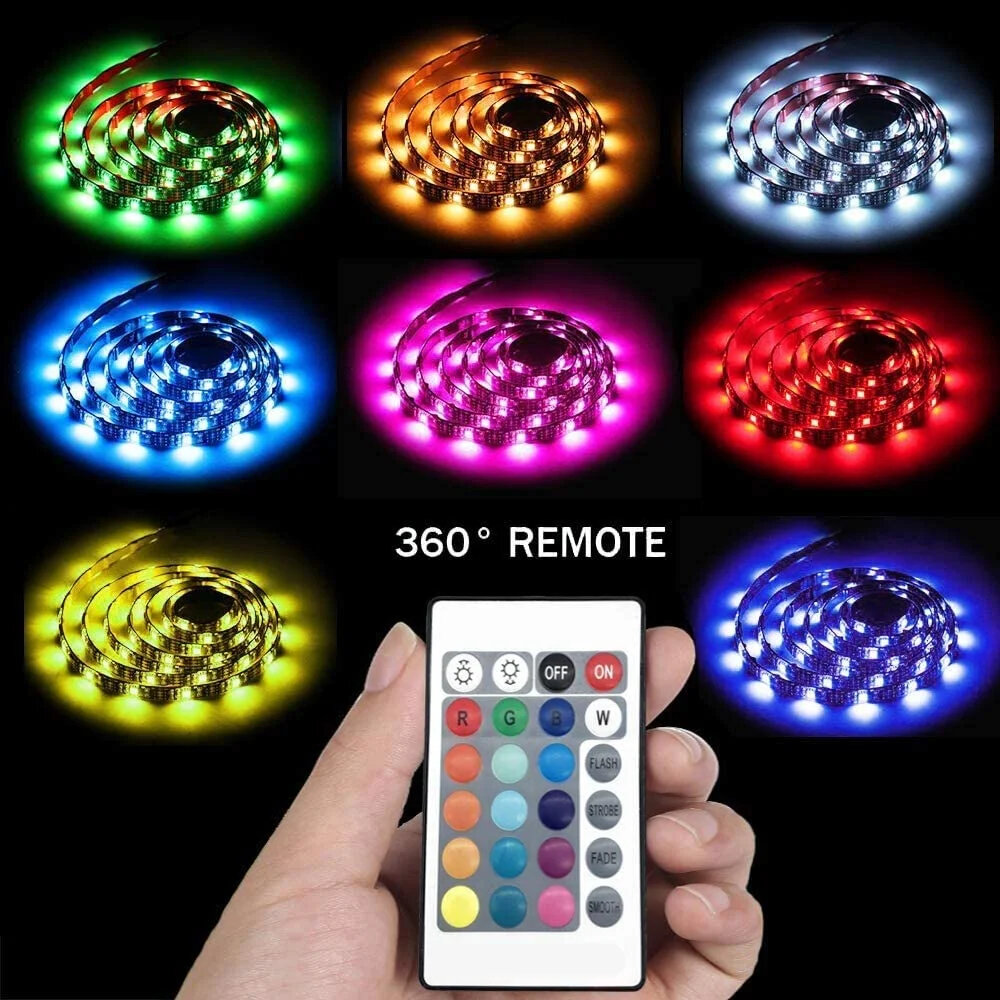
One of the most common issues with LED Christmas lights is overheating. Overheating occurs when the lights generate too much heat, which can cause the lights to malfunction or even stop working altogether. There are several reasons why LED Christmas lights might overheat, including faulty wiring, using too many lights on one circuit, or leaving the lights on for too long. Overheating can also be caused by using low-quality or outdated LED lights, which may not be able to handle the amount of heat generated by modern LED technology. Signs of overheating in LED Christmas lights include flickering lights, bulbs that are extremely hot to the touch, or lights that turn on and off randomly. In some cases, overheating can cause the plastic casing around the lights to melt or become deformed, which can be a serious fire hazard. If you suspect that your LED Christmas lights are overheating, it’s important to turn them off immediately and unplug them from the wall socket. You may need to replace the lights or have them repaired by a professional electrician to prevent any further damage or danger.
Overheating lights are a common sign of bad LED Christmas lights. This occurs when the lights generate excessive heat, causing damage to the internal components of the bulbs. Overheating can occur due to a variety of factors, including poor quality materials, improper installation, or excessive usage. It can lead to a range of issues, including flickering lights, dimming, or complete failure. To prevent overheating, it is essential to choose high-quality LED lights, avoid overloading electrical circuits, and ensure proper installation. Additionally, it is recommended to turn off the lights when not in use to prevent excessive heat buildup. If you notice any signs of overheating, it is crucial to replace the lights immediately to prevent further damage or potential safety hazards.
There are various reasons why LED Christmas lights may overheat. One of the most common causes is the excessive accumulation of dust and debris on the bulbs, which can restrict airflow and cause the lights to overheat. Another possible reason is a faulty or damaged LED chip that may be generating too much heat. In addition, if the lights are connected to an overloaded circuit or power source that cannot handle the load, it can also cause the bulbs to overheat. Moreover, leaving the lights on for extended periods or exposing them to extreme temperatures can also be contributing factors to overheating. Therefore, it is important to ensure that the lights are well-maintained, connected to a suitable power source, and not left on for prolonged periods to prevent overheating and ensure their longevity.
If you notice that your LED Christmas lights are overheating, there are a few things you can do to fix the problem. Firstly, check that the lights are not tangled or twisted, as this can cause them to overheat. If this is the case, untangle them carefully and ensure that they are not touching any other objects. Secondly, make sure that the lights are not plugged into a damaged or faulty socket, as this can also cause overheating. If the socket is damaged, replace it immediately. Finally, consider using LED lights that are designed to be energy-efficient and generate less heat. By following these simple steps, you can ensure that your LED Christmas lights are safe and will last for many holiday seasons to come.
LED Christmas lights have become an essential part of the holiday season, but they can also cause headaches if they are not working correctly. Signs of bad LED Christmas lights include flickering bulbs, dimming lights, and inconsistent lighting patterns. These issues can be caused by a variety of factors, such as faulty wiring, damaged bulbs, or loose connections. Additionally, overheating can cause LED lights to fail prematurely, so it is important to make sure that they are not placed near heat sources such as fireplaces or heaters. If you notice any of these signs, it is best to replace the faulty bulbs or the entire string of lights to ensure a safe and enjoyable holiday season.
It is vital to address bad LED Christmas lights for both safety and aesthetics reasons. Faulty LED lights can cause electrical fires, electrocution, and other hazards, which can lead to property damage and injury. Therefore, it is essential to inspect and replace any faulty LED lights before installation. Additionally, bad LED lights can decrease the overall aesthetic appeal of your Christmas decorations. Dim, flickering or discolored bulbs can make your display look unprofessional and unattractive. Therefore, it is crucial to ensure that all your LED lights are in good condition, and any faulty ones are replaced promptly to ensure safety and improve the overall appearance of your Christmas decorations.
Conclusion
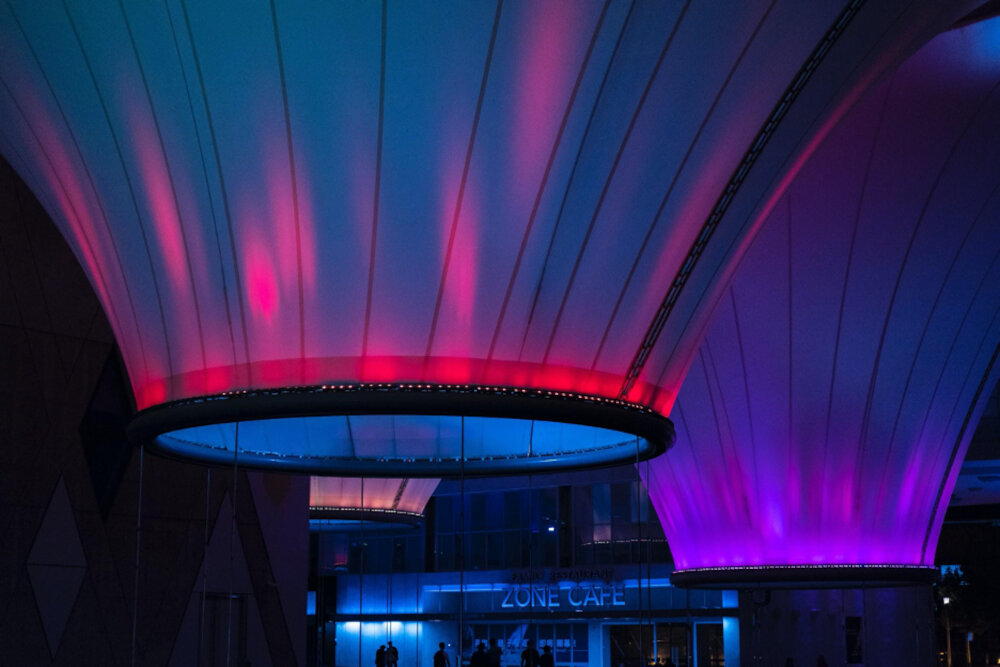
In conclusion, identifying the signs of bad LED Christmas lights is crucial to ensure safety and avoid potential hazards. From flickering and dimming to overheating and burnt-out bulbs, there are several indicators of faulty lights. By taking the necessary precautions such as inspecting the wiring and replacing damaged bulbs, you can enjoy a safe and festive holiday season. Remember, it’s always better to be safe than sorry when it comes to holiday decorations. So, keep an eye out for these signs and take action accordingly to avoid any unpleasant incidents. Happy holidays!

